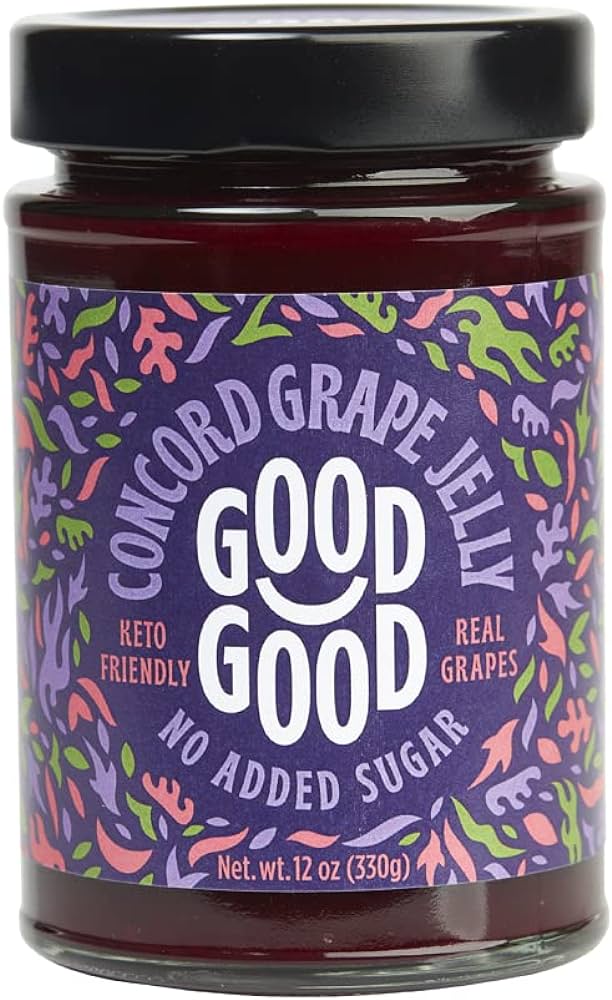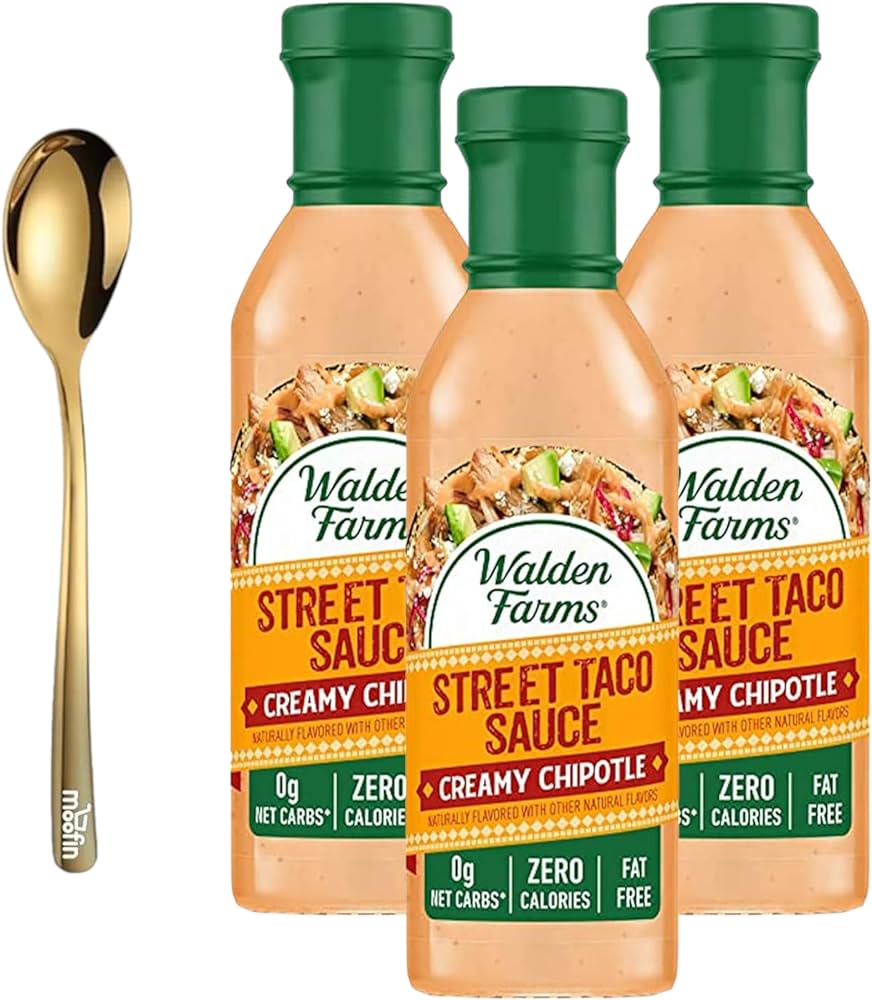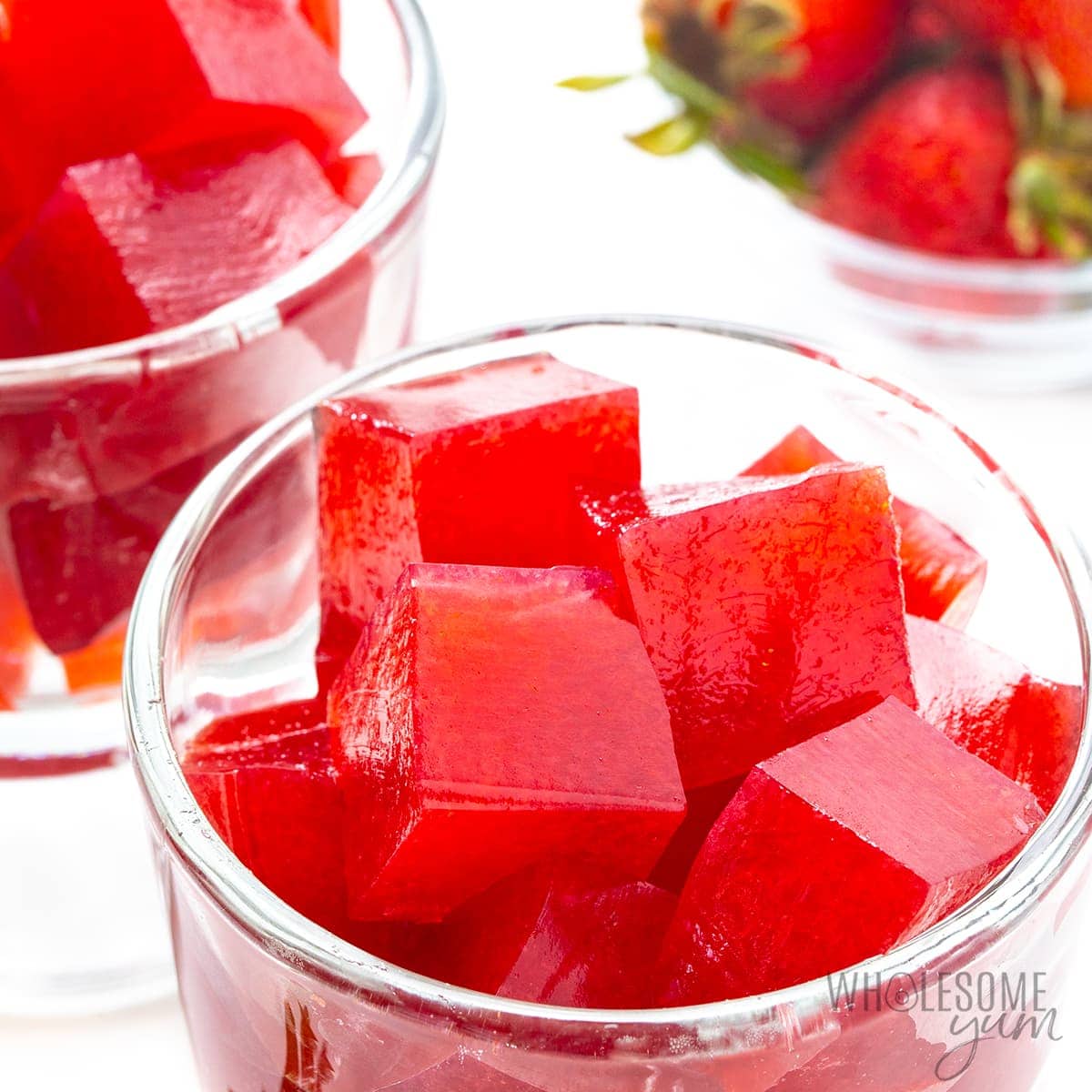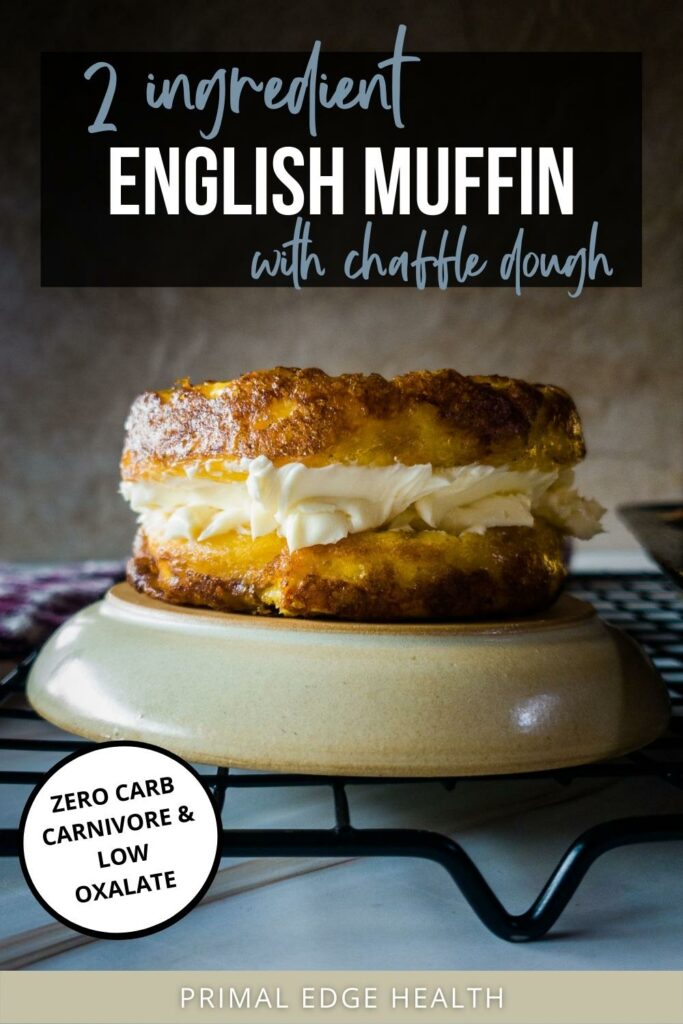SugarFree Jelly: A Sweet Alternative for Healthy Living
– Good Good’s signature line of jams and jellies disrupts the sugar-free jelly and jams category
– Good Good is the fastest growing jam brand in the U.S.A. after 7 years
– Most of Good Good’s jams contain 1 gram of naturally occurring sugar from fruit per serving
– Sugar-free according to the U.S. Food and Drug administration is less than 0.5 grams of any type of sugar per serving
– Conventional jam manufacturers use trace amounts of real fruit and supplement with flavor enhances, synthetic dyes, and high potency artificial sweeteners to claim sugar-free
– Good Good uses natural sweeteners such as stevia and erythritol in their jams
– Good Good products do not contain high fructose corn syrup, artificial sweeteners, artificial flavors, dyes, and refined sugars
– Sugar-free jams can be a healthier alternative to regular jams with lower calorie and carbohydrate content, but it’s important to check the ingredient list and consult with a healthcare provider
– People with diabetes can still enjoy desserts by making some simple nutritional changes. They can eat desserts in moderation and opt for smaller portions. Skipping a starchy vegetable or carbohydrate at mealtime can make room for a small serving of dessert. Making homemade desserts allows people to control the ingredients and make substitutions, such as using artificial sweetener or whole-grain flour. Dark chocolate with no added sugar can be a healthful choice for people with type 2 diabetes. Consuming fruit and fruit salads can satisfy cravings for sweets, but it’s important to choose fresh, frozen, or fruit canned in water rather than those canned in sugary syrups.
– Gelatins and puddings are popular dessert items with no nutritional value.
– Sugar-free pudding or gelatin can be consumed as a low-carb dessert without affecting blood sugar levels.
– Artificial sweeteners can be used as a substitute for sugar in desserts.
– Research does not support the belief that artificial sweeteners have adverse health effects.
– The FDA has approved five different artificial sweeteners: acesulfame potassium, aspartame, neotame, saccharin, and sucralose.
– Not all artificial sweeteners offer the same flavor or composition.
– Aspartame loses its flavor during cooking.
– Replacing sugar with artificial sweeteners may help prevent blood sugar spikes.




